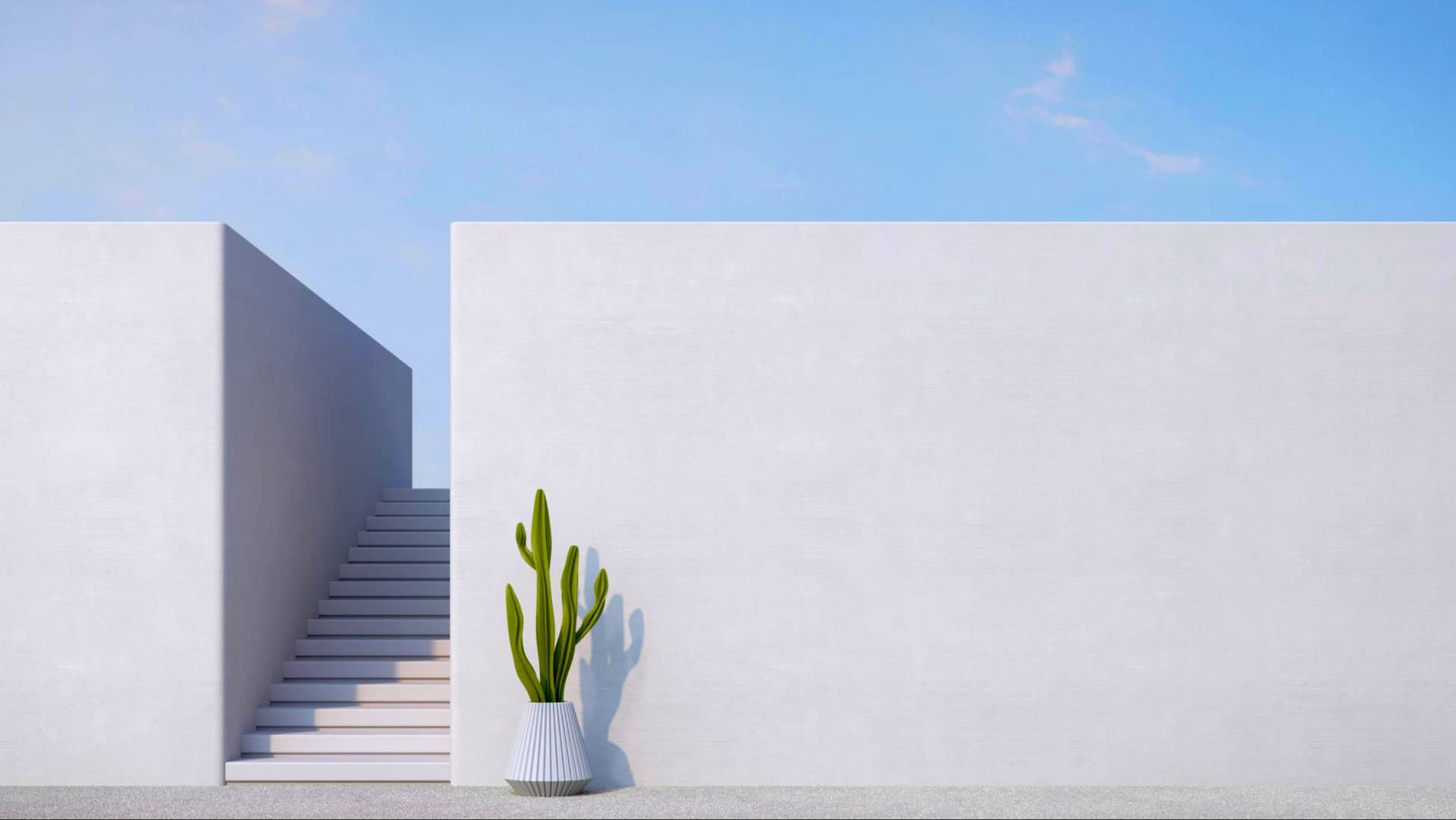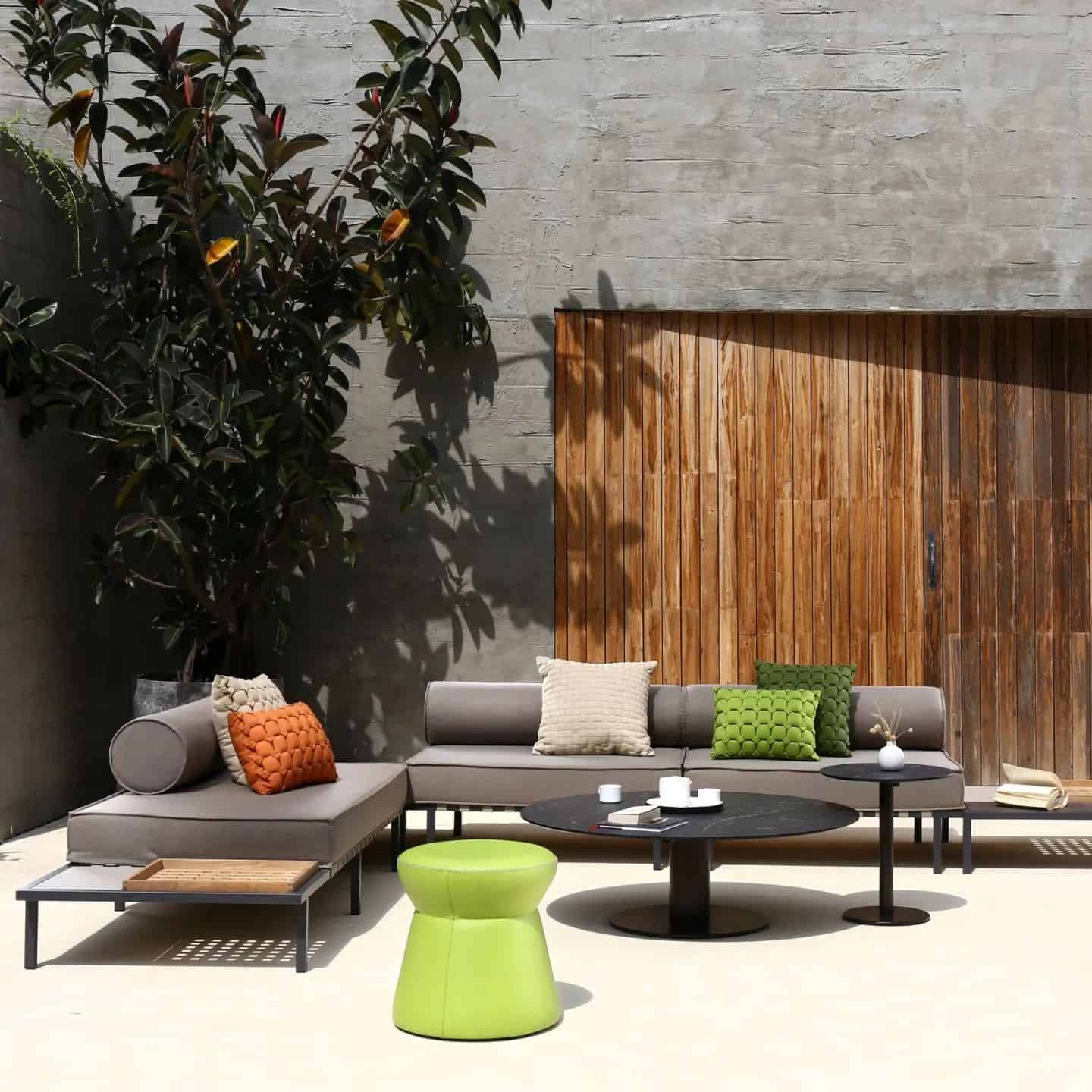In 2025, outdoor design trends are shifting dramatically.
Minimalism, once hailed for its simplicity and clean lines, is now being overshadowed by a new wave of creativity and expression.
Designers are steering away from the cold, stark look of minimalist exteriors and gardens, embracing more vibrant and maximalist approaches.
Let’s explore why designers are moving away from minimalist outdoor decor.
1. Cold Color Palettes
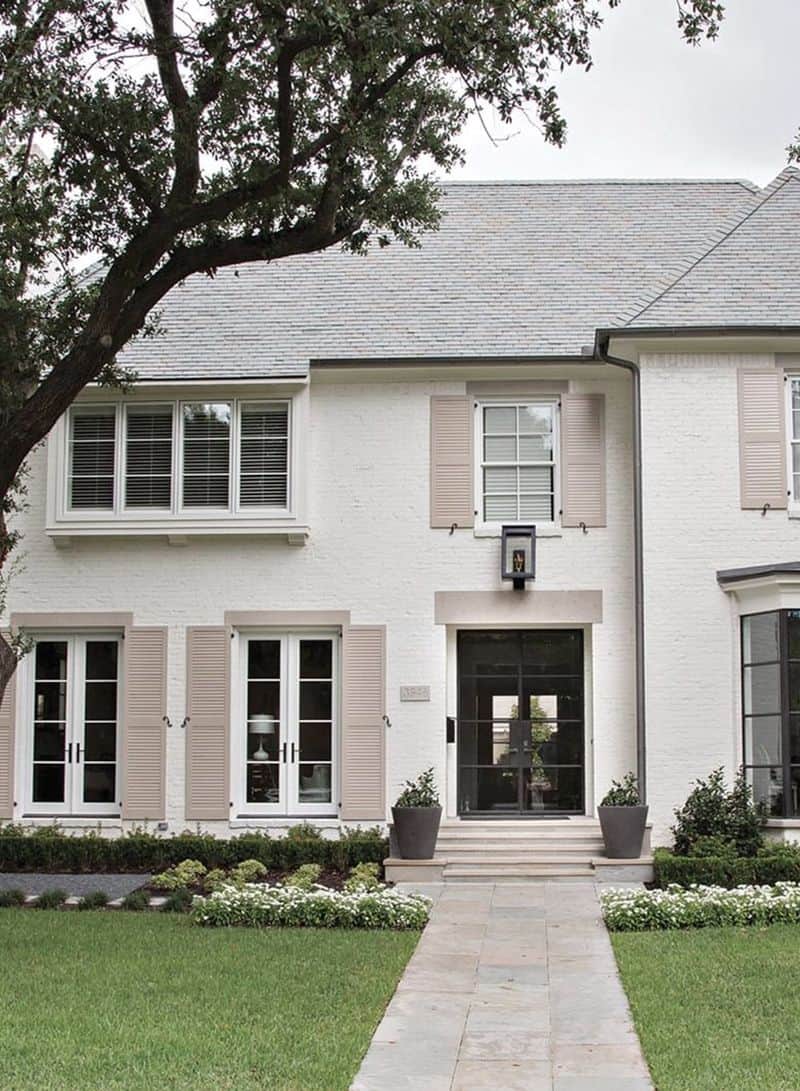
Designers are turning away from cold color palettes in outdoor decor. These palettes, often composed of greys and whites, create a stark and uninviting atmosphere.
Instead, vibrant colors are being embraced for their ability to energize spaces.
A warm, lively environment can foster relaxation and social interaction, offering a more inviting atmosphere for gatherings.
Colors such as terracotta, olive green, and deep blues now dominate the design scene.
2. Lack of Personal Touch
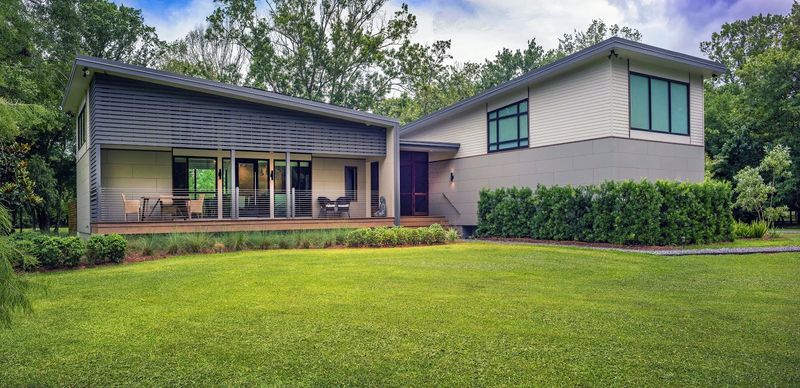
Minimalist decor often lacks a personal touch, leading to spaces that feel generic and uninspired.
Designers are now prioritizing individuality by incorporating unique elements like personalized art or custom furniture.
This personalization adds character and warmth, making outdoor areas more reflective of the homeowner’s personality.
A space that tells a story or evokes emotion is far more engaging and memorable.
3. Overuse of Hardscapes
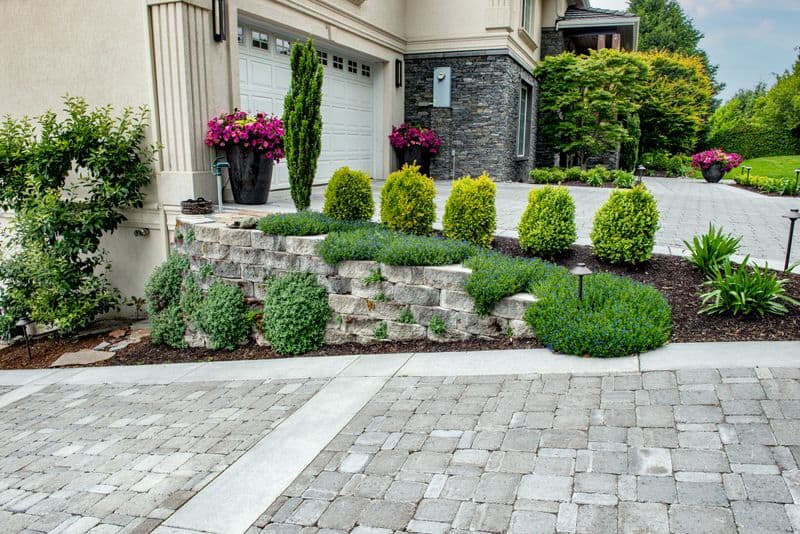
Hardscapes, such as concrete patios and stone pathways, have been overused in minimalist designs.
While they offer clean lines, they can make spaces feel rigid and unwelcoming. Designers are now integrating more organic materials like wood and foliage to soften these areas.
This fusion of nature with architecture creates harmony and balance, encouraging a more inviting and comfortable outdoor experience.
4. Sterile Aesthetic
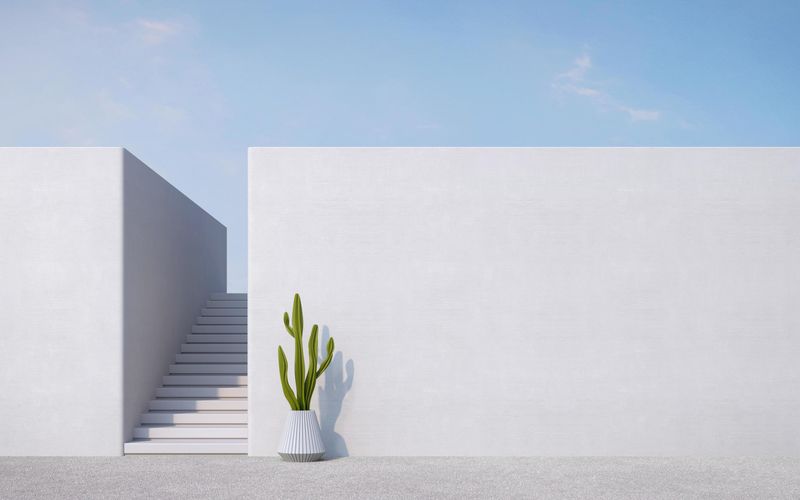
The sterile aesthetic of minimalism can make outdoor spaces feel uninviting.
By introducing textures and layers, designers are transforming these areas into cozy retreats. Soft furnishings, such as cushions and rugs, add comfort and warmth.
Natural elements like stone and wood contribute to a welcoming atmosphere.
This shift away from sterility aims to create spaces where people can unwind and connect with nature.
5. Neglect of Biodiversity
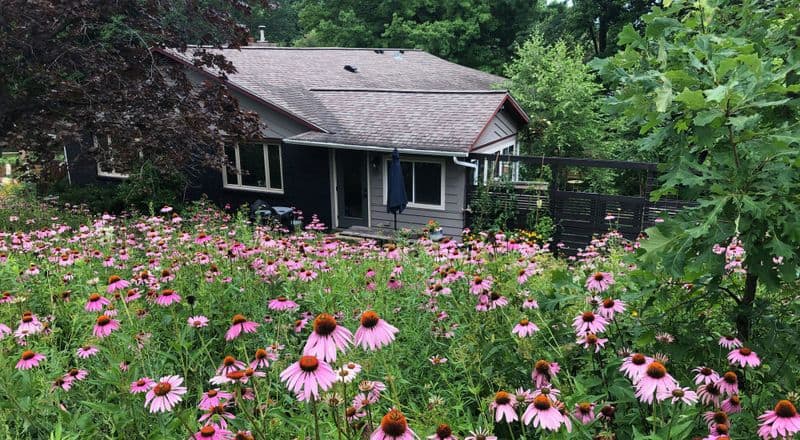
Minimalist gardens often neglect biodiversity, opting for uniformity instead.
However, designers are now championing diverse plantings to enhance ecological health and visual interest.
Rich plant diversity not only attracts wildlife but also supports a healthier environment.
By incorporating a variety of species, outdoor spaces become vibrant ecosystems, full of life and color.
This approach fosters a more sustainable and engaging garden experience.
6. Emphasis on Functionality Alone
While functionality is important, minimalism often prioritizes it at the expense of aesthetics and comfort.
Designers are now balancing practical needs with visual appeal.
Incorporating decorative elements that also serve a purpose, such as stylish lighting or multifunctional furniture, enhances both usability and beauty.
This approach ensures that outdoor spaces are not only practical but also inviting and visually pleasing.
7. Invisible Boundaries
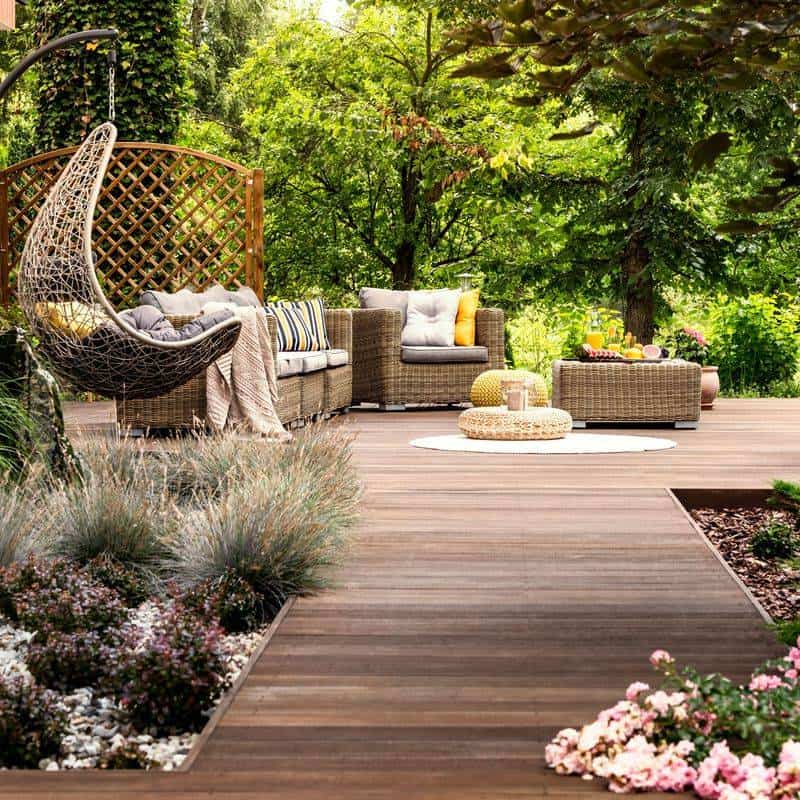
Minimalist designs can create invisible boundaries, isolating spaces from their natural surroundings.
Designers are now breaking these barriers, blending outdoor areas with the landscape.
This integration fosters a seamless connection between the environment and the design.
By using natural elements and open layouts, outdoor spaces become extensions of the landscape, promoting a sense of unity and harmony.
8. Underutilized Vertical Space
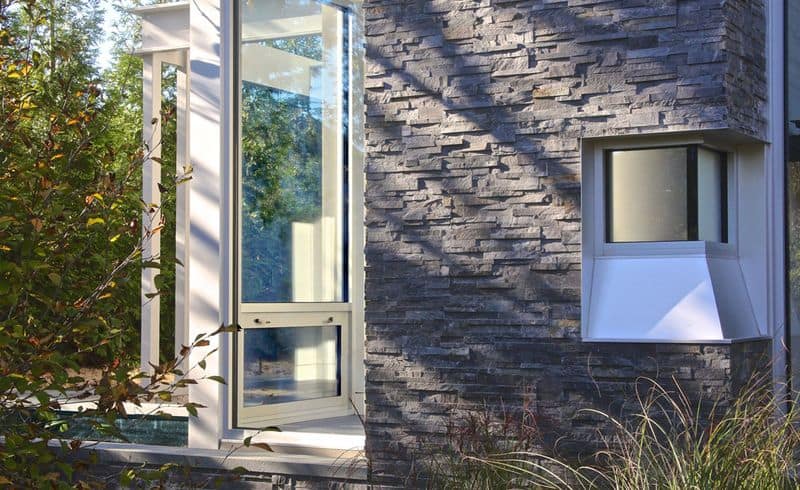
Vertical space is often underutilized in minimalist outdoor designs. Designers are now exploring vertical gardens and wall art to enrich these areas.
This not only maximizes space but also introduces greenery and creativity at eye level.
Vertical elements can transform a plain wall into a stunning feature, adding depth and interest to the design, while also enhancing the overall aesthetic and functionality of the space.
9. Monotonous Textures
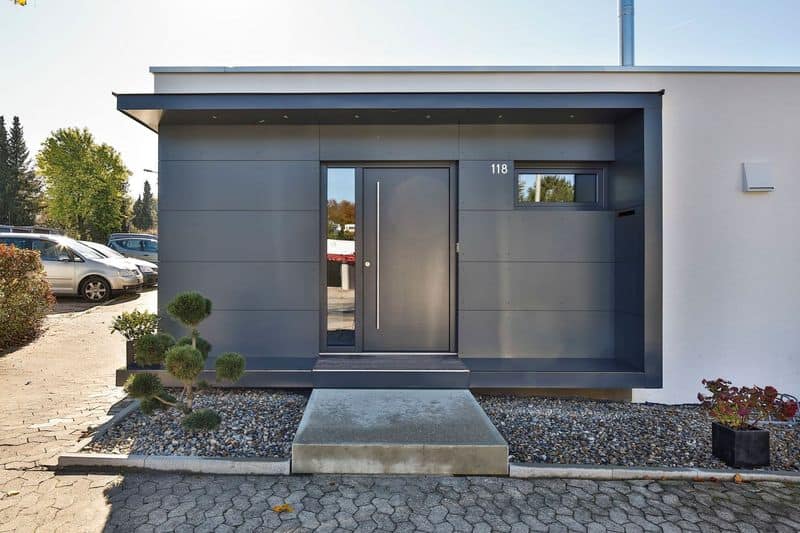
Monotonous textures are a common issue in minimalist outdoor decor. Designers are now introducing a mix of textures to add depth and intrigue.
Combining materials like wood, metal, and fabric creates a dynamic and engaging environment.
Textural variety invites exploration and enhances the sensory experience, making outdoor areas more compelling and enjoyable to inhabit.
10. Understated Lighting
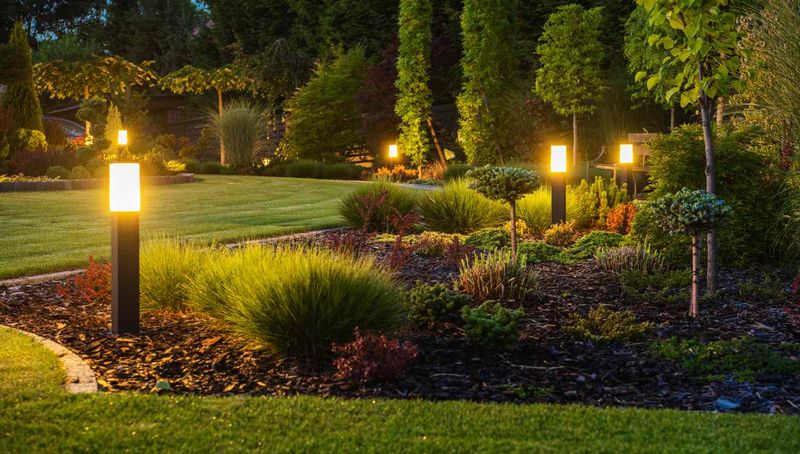
Understated lighting is often a feature of minimalist outdoor spaces, leading to a lack of ambiance.
Designers are now embracing creative lighting solutions to enhance mood and depth.
By using a combination of ambient, task, and accent lighting, outdoor areas become inviting and versatile.
This layered lighting approach not only illuminates but also accentuates features, transforming spaces into captivating nighttime retreats.

